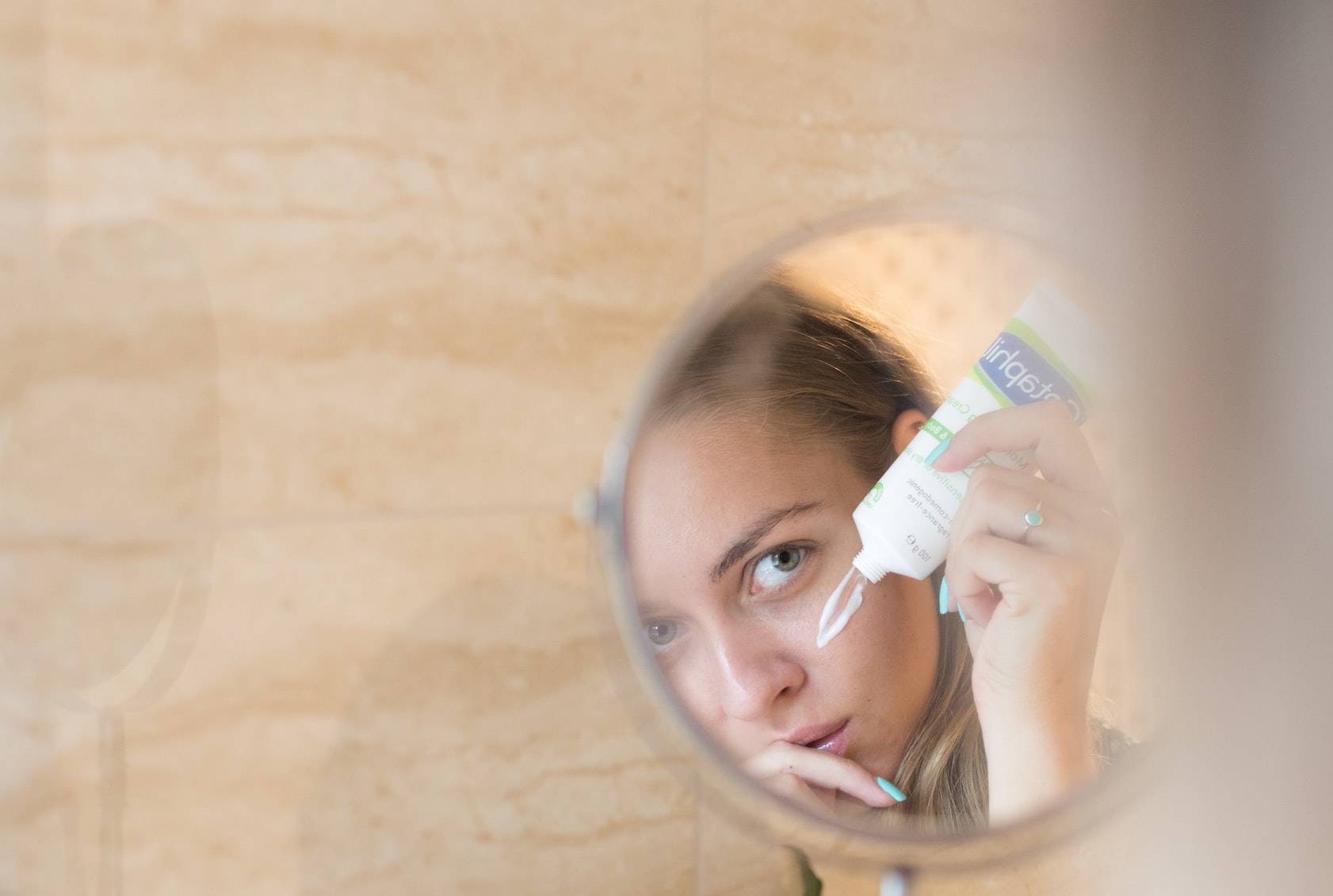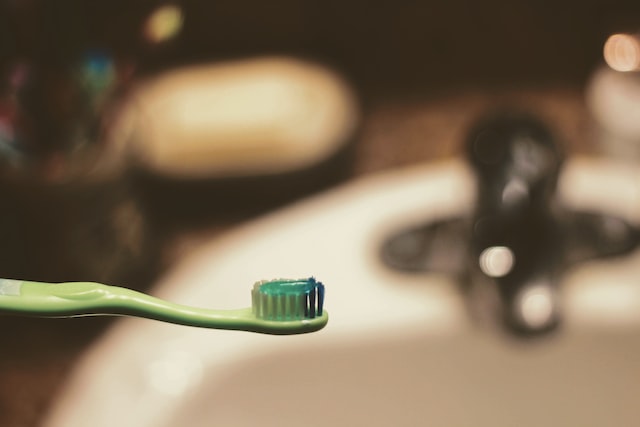According to a February 13, 2023, press release published by France’s Ministry of Ecological Transition and Territorial Cohesion and Ministry of Energy Transition, France is appealing the November 23, 2022, decision of the European General Court that annuls the 2019 harmonized classification and labeling of titanium dioxide as a carcinogenic substance by inhalation in certain powder forms.
As reported in our Regulatory Monitoring Report 01/2023, the European General Court concluded that the European Commission “made a manifest error in its assessment of the reliability and acceptability of the study on which the classification was based and it infringed the criterion according to which that classification can relate only to a substance that has the intrinsic property to cause cancer.”
France claims that the European General Court exceeded the limits of its judicial review by conducting its own evaluation and interpretation of the scientific data. France notes that the appeal suspends the court’s decision and that the harmonized classification and labeling will continue to apply until the appeal is decided.
References:








